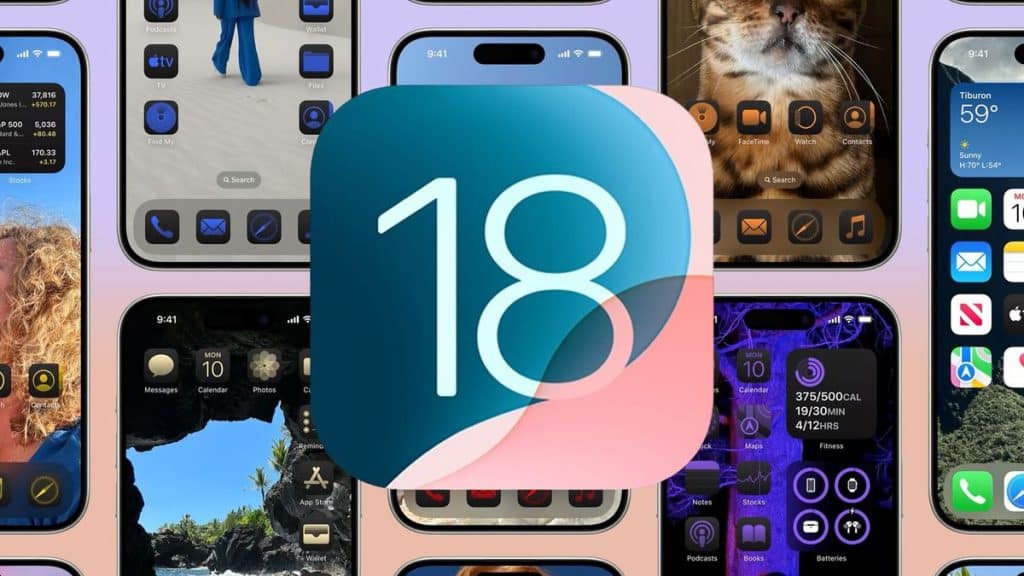The long-awaited iOS 18 update is now available for everyone to download, and there are hundreds of new features and changes to learn about. Some plugins require a bit of setup to get up and running, so we’ve created this guide to walk you through the features you should check out first after updating to iOS 18.
Set your home screen
The Home screen has many design changes that allow for more customization and personalization. You can put icons wherever you want, changing their size and colors. Start by moving your icons and adding spaces around wallpapers if you wish. You can have spaces around icons and widgets, creating unique looks. There is still a grid system, so an icon can’t go anywhere but can go anywhere on the grid, with spaces allowed.
![]()
After rearranging the icons, tap and hold the Home screen, tap Edit, then tap Customize. From this interface, you can make app icons bigger by removing app names, toggling Dark Mode icons, or changing the icon shade to match your wallpaper.
Control Center Setup

The Control Center interface is much more customizable. You can rearrange your buttons, place them on different pages, and access them from the lock screen and action button. There’s an entire Control Gallery, complete with support for controls for third-party apps.
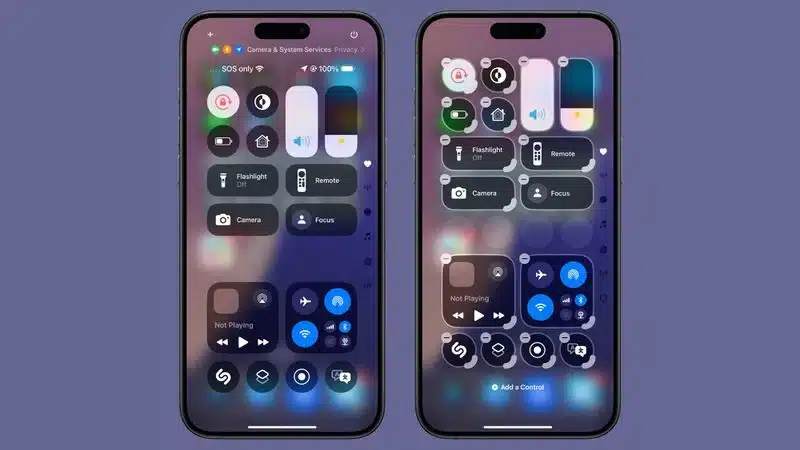
To set up Control Center, swipe down from the top-right corner of your iPhone and tap and hold on any space until the grid appears, or tap the “+” button at the top-left of the screen. From there, grab an icon and move it to where you want it to be. You can move it to the same page or drag it to a new page.
Like the home screen, you can have blank spaces. You can have a separate page for related controls like music and home or combine them. Drag the corner of an icon to resize it. In the same editing interface, tap “Add Control“ to go to the Controls Gallery, where you’ll see all Control Center options organized by category.
Hide and lock apps
If you need to hand your unlocked iPhone to a partner, child, or friend, you can now do so knowing that apps can be locked and hidden by requiring Face ID access.
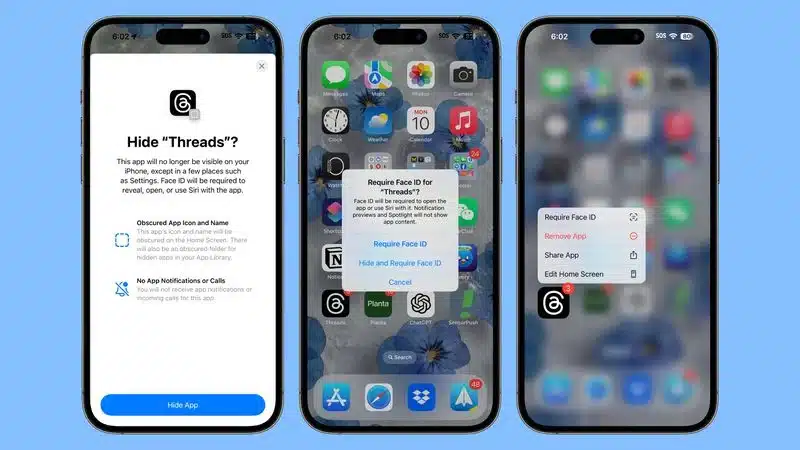
To lock or hide an app on the Home screen, tap and hold the app icon, tap Face ID Required, then select either Face ID Required or Hide and Face ID Required. Adding the Require Face ID option only locks an app, and you’ll need to enter a passcode or scan your face when you try to open it. Hiding an app also removes it from the lock screen and all other parts of the iPhone, and it will only be accessible from a locked “Hidden Apps“ folder in the App Library.
Change the lock screen buttons
Do you know those camera and lens icons forever on the lock screen? Now, you can change them or even remove them.
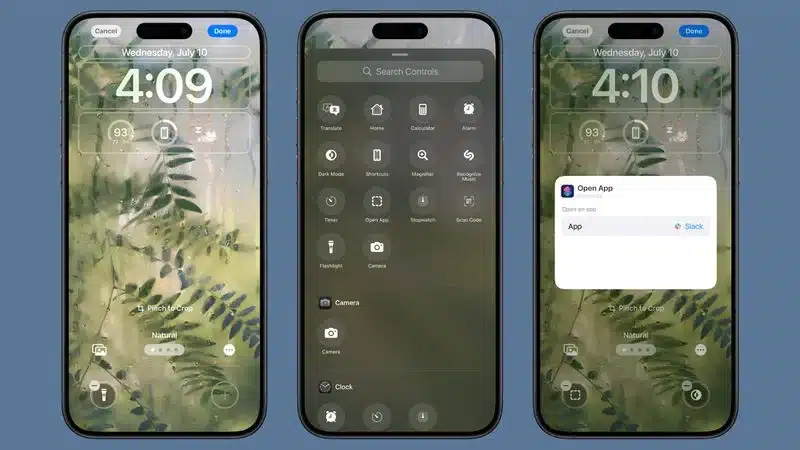
From the lock screen, press and hold, tap Customize, select Screen lock, then tap the “-“ buttons on Camera and Lens to remove them. You can stop there or tap the “+“ button to add more Control Center buttons, like turning on Dark Mode or starting a Voice Memo. You can even add third-party controls here.
Organize the Photos app
The Photos app no longer has tabs because Apple introduced a new unified design. You must scroll down the app to access sections like Memories and Albums.
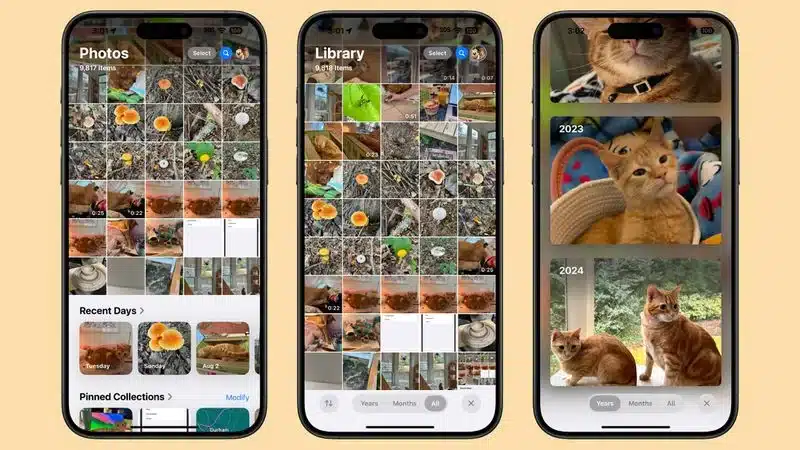
The Photos app is now organized into “Collections,” you can customize which collections you see and where they are in the app’s interface. To manage your collections, scroll to the bottom of the app and tap Customize & Rearrange. You can also pin content to add to Collections. Scroll down to Pinned Collections and tap “Edit“ to make changes.
Check the Passwords app
Apple has added a new Passwords app to iPhone, iPad, and Mac to make accessing your saved iCloud Keychain logins and passwords easier. It offers the same functionality as the Passwords section of the Settings app, but it’s been moved to a separate app.
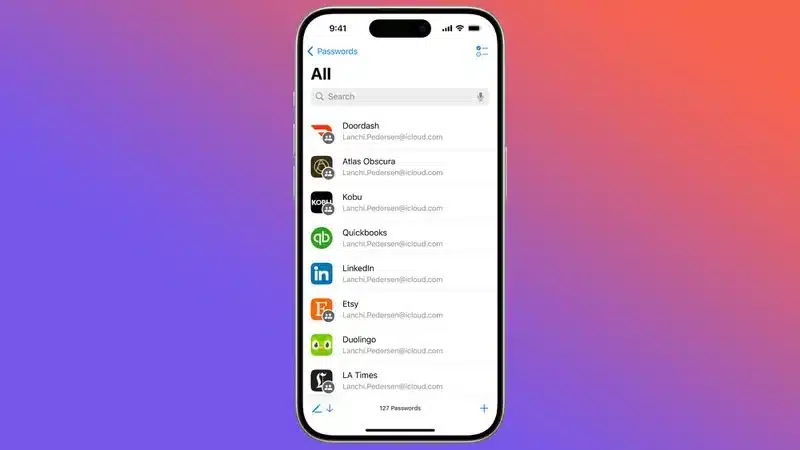
Passwords are automatically added to the app when you save a login or password when you sign in to a website, and if you use iCloud Keychain, it will already include all your logins and passwords. There are warnings for weak, reused, and compromised passwords and support for passwords and password sharing.
Try Safari Distraction Control
Distraction Control is a new Safari feature that reduces distracting elements on web pages, such as login windows, cookie preference pop-ups, GDPR notices, and newsletter sign-up banners. It can’t be used to remove ads, but it can block a lot of annoyances.
To use it:
- Go to any web page.
- Go to the Page menu and select Hide Distracting Objects.
- From there, tap on any item on the page you want to hide.
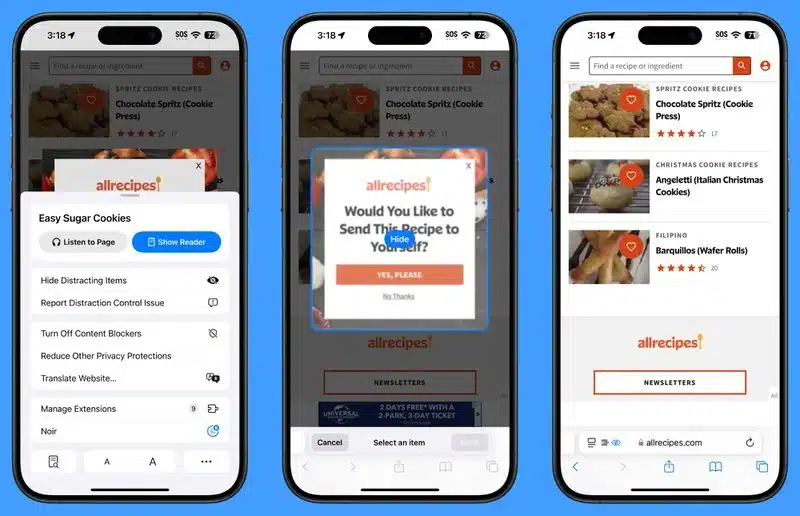
You can hide anything static. To hide something, return to the Page Menu and tap Show hidden items. Note: If you don’t see the Hide Distractions option, tap the three dots at the bottom of the menu, then tap Edit to add it to the Page Menu.
Math Notes Test
iOS 18 has an interesting integration between the Calculator app and the Notes app called Math Notes. Math Notes solves equations automatically, so you can add up your monthly budget, figure out what people owe you for a group trip, or split a restaurant bill.
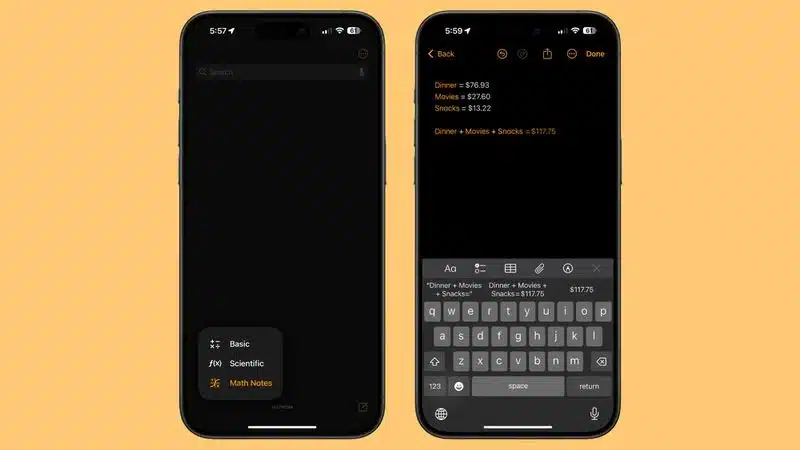
You can use Math Notes in the Notes app or the Math Notes section of the Calculator app, and it also works in apps like Messages. Any equation you type is automatically solved when you add an equal sign, and you can even use variables. If you write dinner = $42, movies = $24, and dessert = $18 in the Notes app or the Math Notes section of the Calculator, you can type dinner + movies + dessert and add an equal sign to get the total.
Variables can be used in equations and graphs (with an associated equation) and adjusted later to change the results. Math Notes also supports unit conversions and can solve all the same functions as the scientific calculator.
Schedule a message
Send Later is new in iOS 18, and you can use it to schedule a text up to two weeks before it’s due. If you know, for example, someone’s birthday is coming up, you can schedule a birthday message in advance so it’s ready.

You can use Send Later in a conversation with any other iMessage user, which works for one-on-one and group chats. To use it, open a dialogue, tap the “+“ button, tap More, then select Send later. From there, type your message, then tap the blue bubble that defaults to Tomorrow at 9:00 AM. to use the slider to change the date and time. Press the blue arrow to schedule your completed message. You’ll see the scheduled messages you’ve created at the bottom of the conversation. If you want to change or delete something you have programmed, press the “Edit“ button.
Use iPhone Mirroring
iPhone Mirroring is a new iOS 18 feature that works when you have a Mac running macOS Sequoia. There is a new iPhone Mirroring app on Mac, and if you click on it, you can access your iPhone from your Mac.
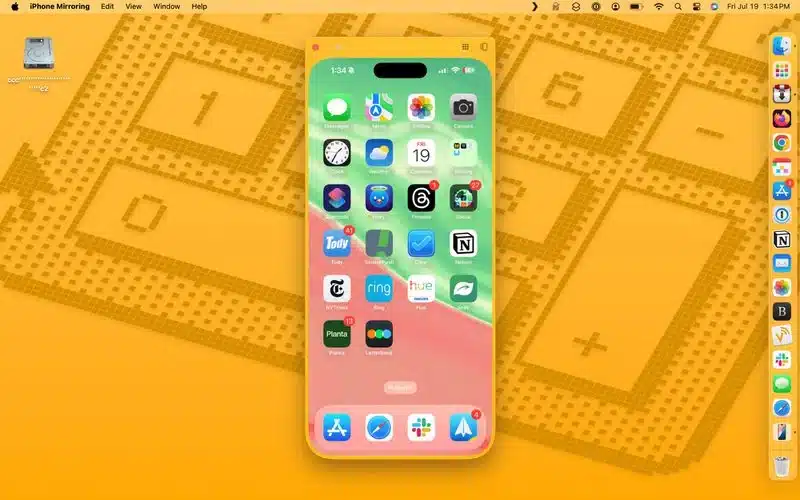
You’ll need to authenticate the first time you use it, but from there, you can choose to have it access your iPhone automatically when you use the iPhone Mirroring app on your Mac. You can use iPhone Mirroring even with your iPhone locked, hidden, or placed in standby mode. iPhone Mirroring lets you access all the apps and content on your iPhone from your Mac, including iPhone notifications. Later, Apple plans to let you drag and drop files from your iPhone to your Mac and vice versa with iPhone Mirroring, but that hasn’t been implemented yet. Note that you need to start iPhone Mirroring from your Mac’s iPhone Mirroring app, and it cannot be launched from the iPhone.
Note on Apple Intelligence

At WWDC, Apple introduced a new set of Apple Intelligence features, including writing tools, Genmoji, and Image Playground. Apple Intelligence is not in the launch version of iOS 18. It will be available from iOS 18.1 sometime in October but will NOT be available in Europe.
Source: appleworldhellas.com
